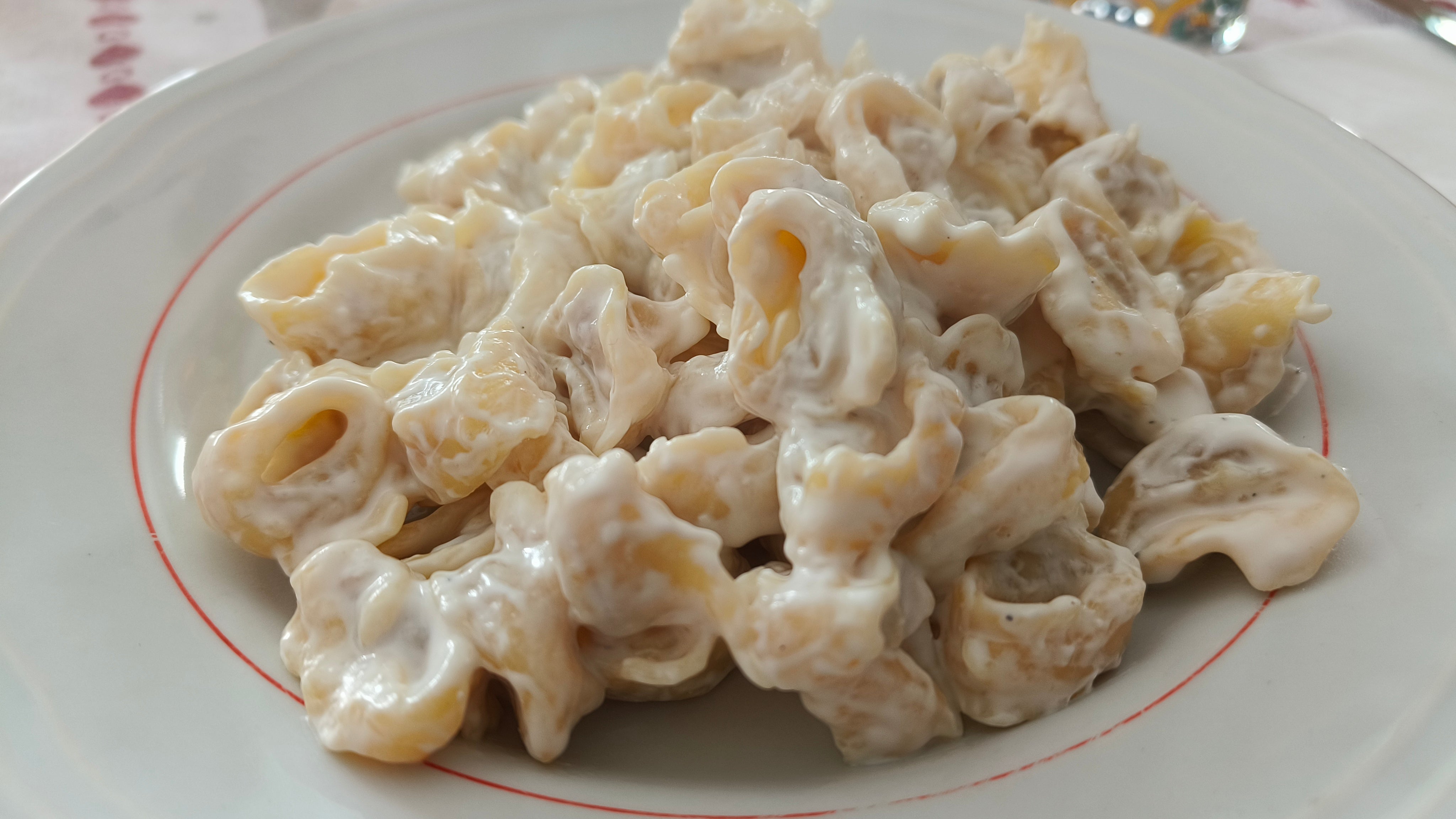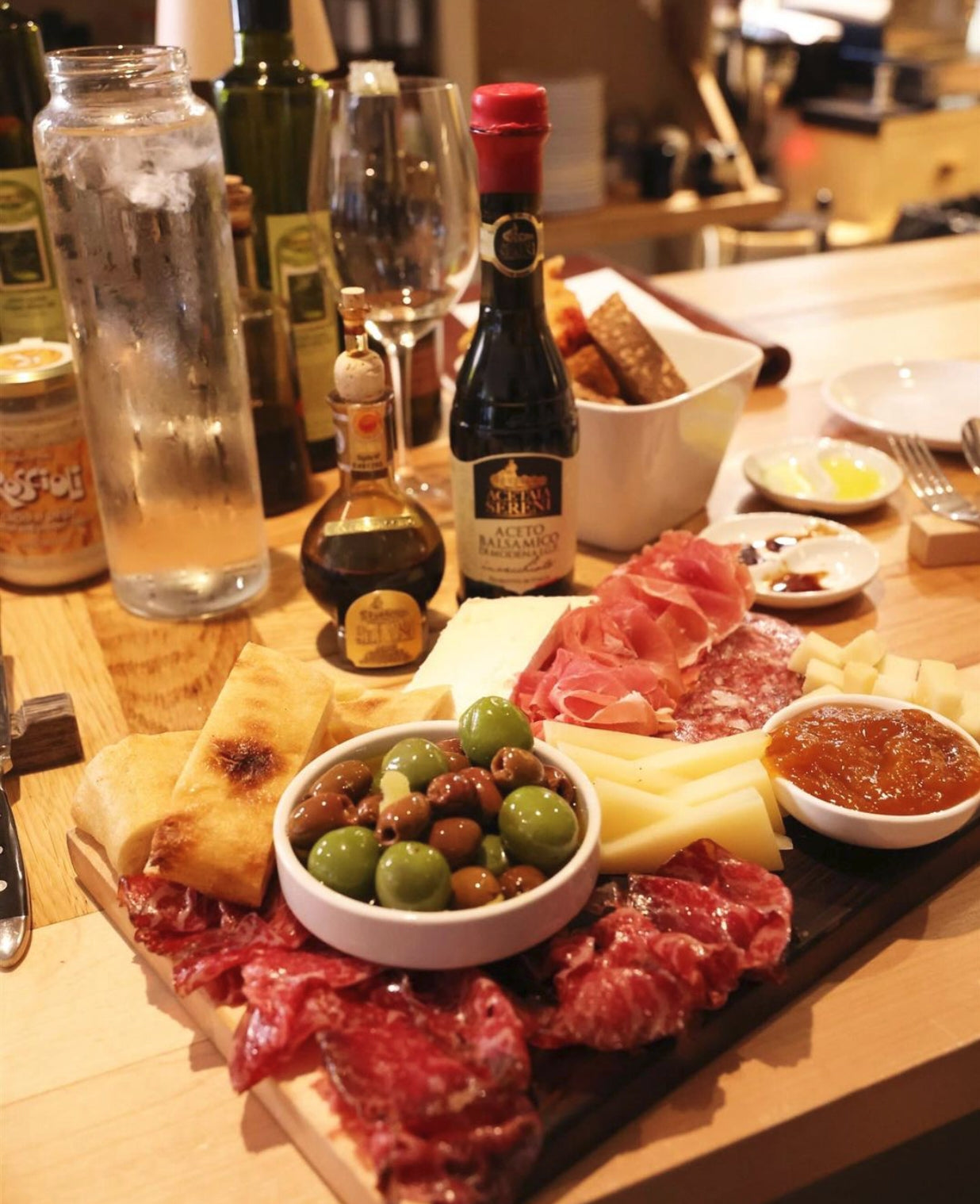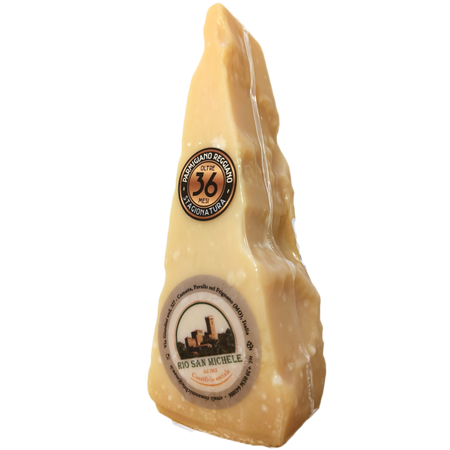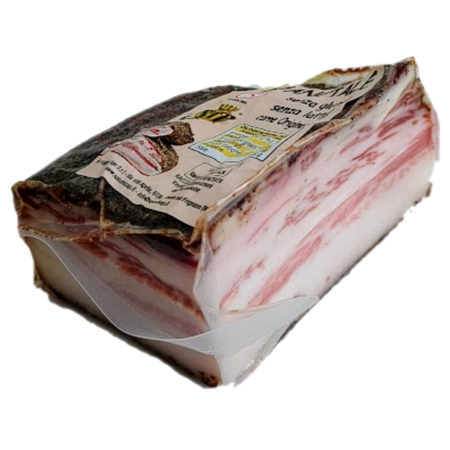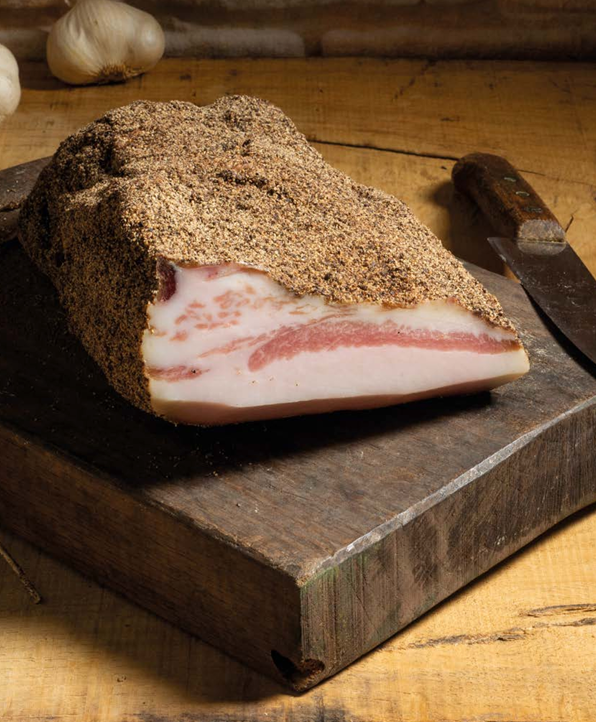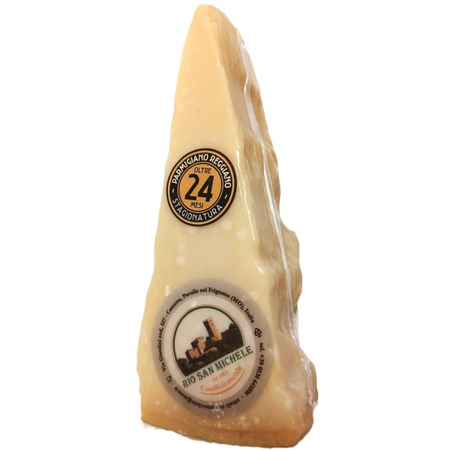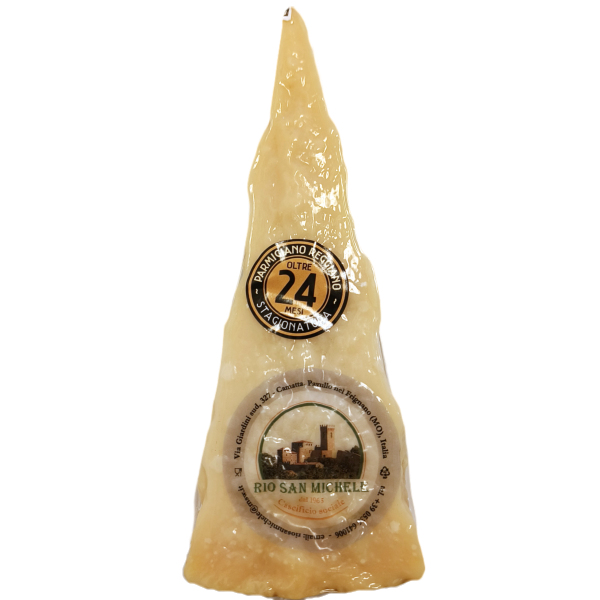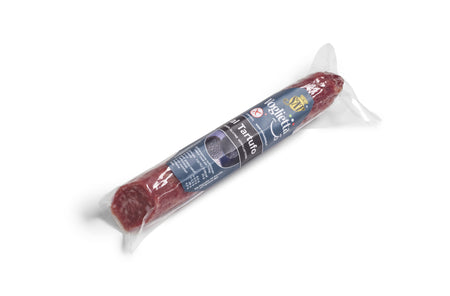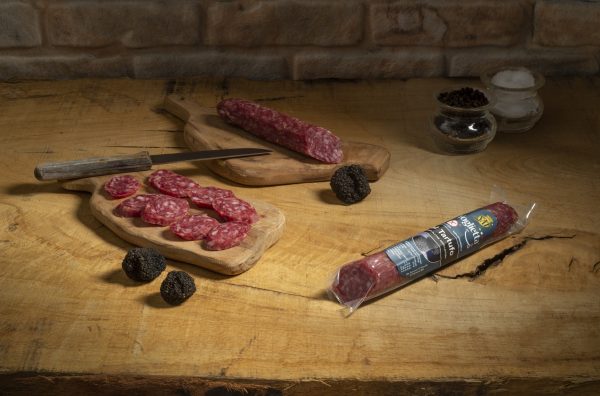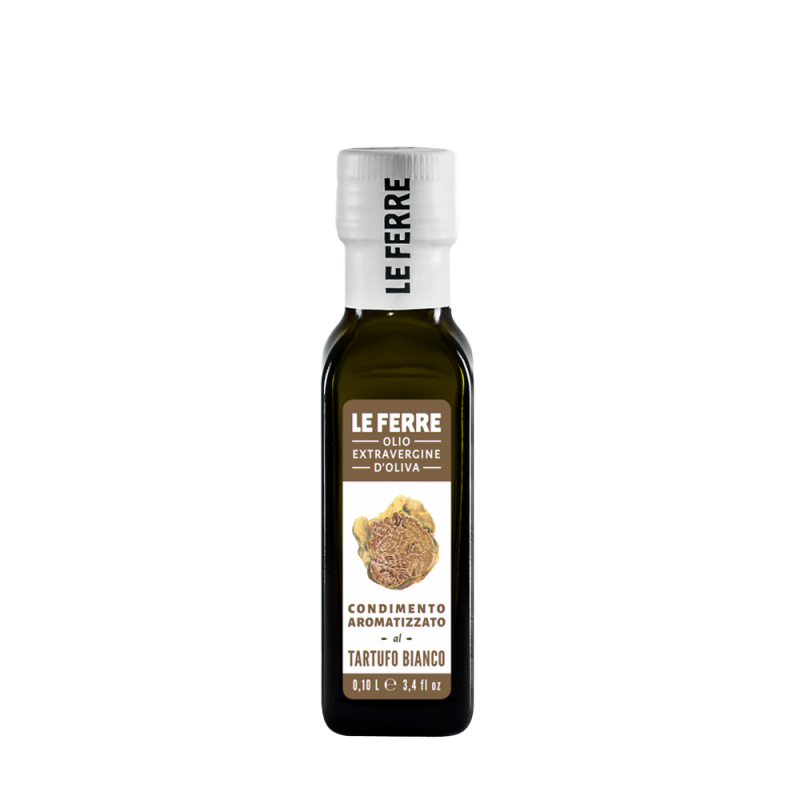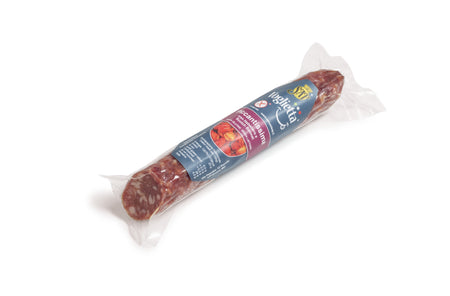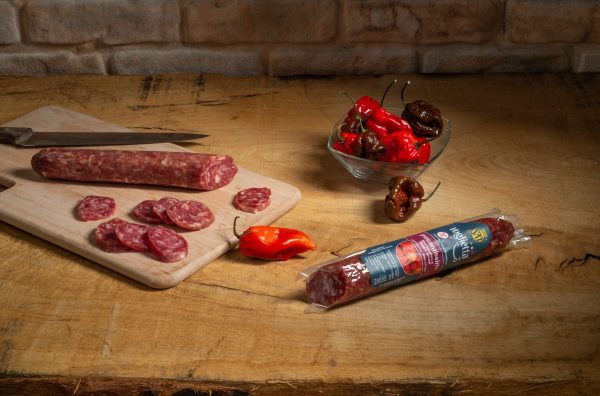The cuisine of the Emilia-Romagna region represents one of the richest and most beloved culinary traditions in Italy. The cuisine of this region and cities such as Parma, Modena, Bologna is known for its robust and full-bodied dishes that have won hearts around the world. From the lush plains to artisans who have perfected centuries-old techniques, the food of Emilia-Romagna reflects the abundance of the land and the passion of its people.
Key ingredients in Emilia-Romagna cuisine
Emilia-Romagna is known for its quality ingredients that have become symbols of Italian excellence worldwide:
- Parmigiano Reggiano : Called the “King of Cheeses,” Parmigiano Reggiano is aged for at least 12 months to develop its characteristic nutty and salty flavor.
- Balsamic Vinegar of Modena : A true treasure from the region, traditional balsamic vinegar is aged for years in wooden barrels, developing a rich and complex flavor. This vinegar elevates dishes with its unique combination of sweetness and acidity, and it pairs perfectly with cheeses, meats, and even desserts.
- Pasta all'uovo : Fresh egg pasta is a mainstay in Emilia-Romagna. Classics like tagliatelle, tortellini, and lasagna are handmade and often paired with rich sauces.
- Charcuterie : The region is also famous for its meat products such as Parma ham, salami, culatello and mortadella, which are made with great expertise.
- Butter and Cream : Unlike the olive oil-rich cuisines of the south, Emilia-Romagna leans more toward butter and cream to create its rich, decadent dishes.
Famous dishes from Emilia-Romagna cuisine
-
Tortellini : In Emilia-Romagna, tortellini (in broth or cream sauce) are much more than just a pasta dish – they are a real feast. Traditionally, they are enjoyed especially on festive occasions such as Christmas and weddings. Making tortellini by hand at home is an old tradition, and most families never buy the industrial varieties. The preparation is a loving and meticulous process that requires time and patience. The fresh pasta dough is rolled out into paper-thin sheets, and the filling, which consists of a mixture of minced pork, mortadella, Parmigiano Reggiano, and often a hint of nutmeg, is placed in small portions on the dough. The dough is then cut into small squares, carefully folded and formed into the characteristic, closed tortellini shape. Each little pasta pillow is a small work of art.
-
Tagliatelle al Ragù : One of the region's most iconic dishes, long, flat noodles are combined with a rich meat sauce, internationally known as Bolognese also good with spaghetti.
-
Lasagne alla Bolognese : Layers of fresh pasta, ragù, béchamel sauce and Parmigiano Reggiano, baked to perfection, this dish epitomizes the richness of Emilia-Romagna cuisine.
-
Cappelletti : Similar to tortellini but typically larger, these stuffed pasta pockets are filled with meat or cheese and served in broth or with a sauce.
-
Prosciutto di Parma : A world-famous dried ham, aged for up to 24 months. The delicate, sweet taste of Parma ham is a perfect combination with, for example, melon or fresh figs.
-
Piadina Romagnola : A flatbread typical of Romagna, often filled with meat, cheeses and vegetables. It is ideal street food for a quick and delicious meal.
-
Crescentine and Gnocco Fritto : Two bread specialties from Emilia, often enjoyed with charcuterie and cheese. Crescentine (also known as tigelle) are small round loaves, while gnocco fritto is deep-fried dough, crispy on the outside and soft on the inside.
-
Zuppa Inglese : Despite the name, this is an Italian dessert, a layer cake made with cream, cake base, and liqueur.
-
Torta Barozzi : A rich, gluten-free chocolate and coffee cake, a specialty of Vignola that is deeply flavorful and unique.
-
Cotechino with Lentils : A hearty dish where a cooked pork sausage, cotechino, is served with lentils, traditionally enjoyed at New Year's celebrations.
Geographical influences on Emilia-Romagna cuisine
The geography of Emilia-Romagna plays a major role in shaping its cuisine. The region stretches from the Apennines to the fertile Po Valley and the Adriatic coast, providing a wide range of agricultural products.
- The Plains : The Po Valley is one of the most fertile areas in Italy, ideal for raising cattle and producing the milk that goes into Parmigiano Reggiano. The plains are also home to wheat fields that supply the flour for the region's famous fresh pasta.
- The Mountains : The Apennines are known for their game and chestnuts, which appear in some of the region's more rustic dishes.
Historical influences on Emilia-Romagna cuisine
The history of Emilia-Romagna is rich and complex, and its cuisine has been shaped by many influences over the centuries:
- Roman Influence : Ancient Roman cuisine , with its focus on meat and grains, laid the foundation for many dishes still enjoyed today.
- Medieval and Renaissance Courts : The courts of Ferrara, Parma, Modena, and Bologna were centers of culinary innovation, where chefs refined traditional recipes and developed new dishes for the nobility.
- French Influence : During the 16th and 17th centuries, the region experienced French culinary influence, particularly in the use of butter and cream in cooking.
Wines from Emilia-Romagna
Emilia-Romagna is also a land of great wines to complement its rich cuisine. The region's sunny hills are ideal for growing a variety of grapes, producing wines that are both flavorful and versatile.
- Lambrusco: A sparkling red wine from the Modena province, typically dry or semi-sweet, with fruity notes. It pairs perfectly with the region's rich and fatty foods, such as salumi and Parmigiano Reggiano.
- Sangiovese di Romagna: A robust red wine with earthy and fruity notes, perfect for pairing with pasta dishes and roasted meats.
- Albana di Romagna: A white wine, often made both dry and sweet, that goes well with fish and lighter dishes.
- Gutturnio: Another sparkling red wine from the hills of Piacenza, known for its lively and fruity character, often combined with meat dishes.
Emilia-Romagna cuisine is a celebration of the land's bounty and its people's dedication to their culinary heritage. From the exquisite Parmigiano Reggiano to the refined balsamic vinegar of Modena, each dish tells a story of tradition and craftsmanship. I grew up loving Italian regional cooking, and I have learned to appreciate the rich flavors of Emilia-Romagna.
Through my webshop I want to bring these authentic flavors to your table. Whether it's a plate of tagliatelle al ragù or a drizzle of balsamic vinegar on Parmigiano Reggiano, every bite is a celebration of this extraordinary region.
Buon appetito!

